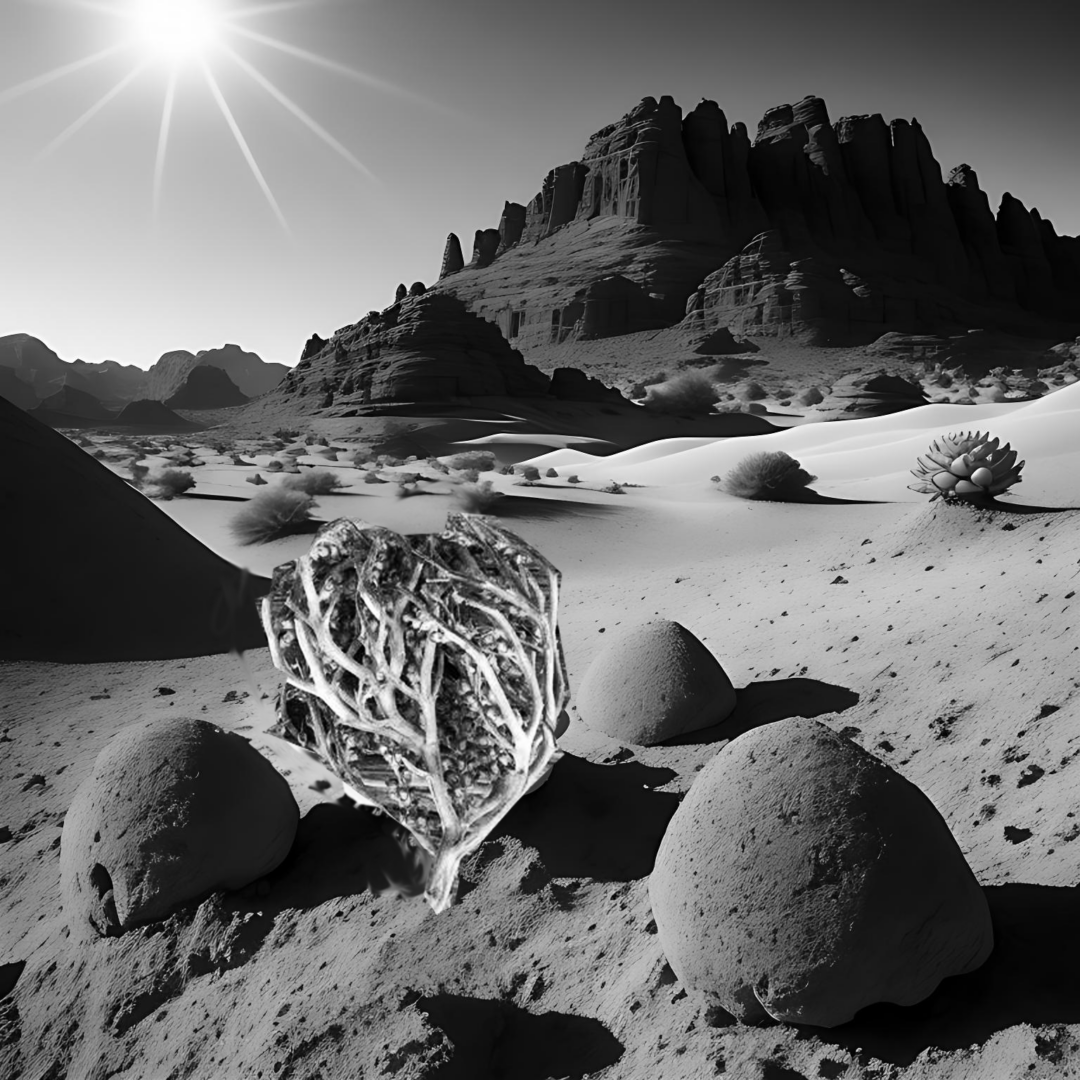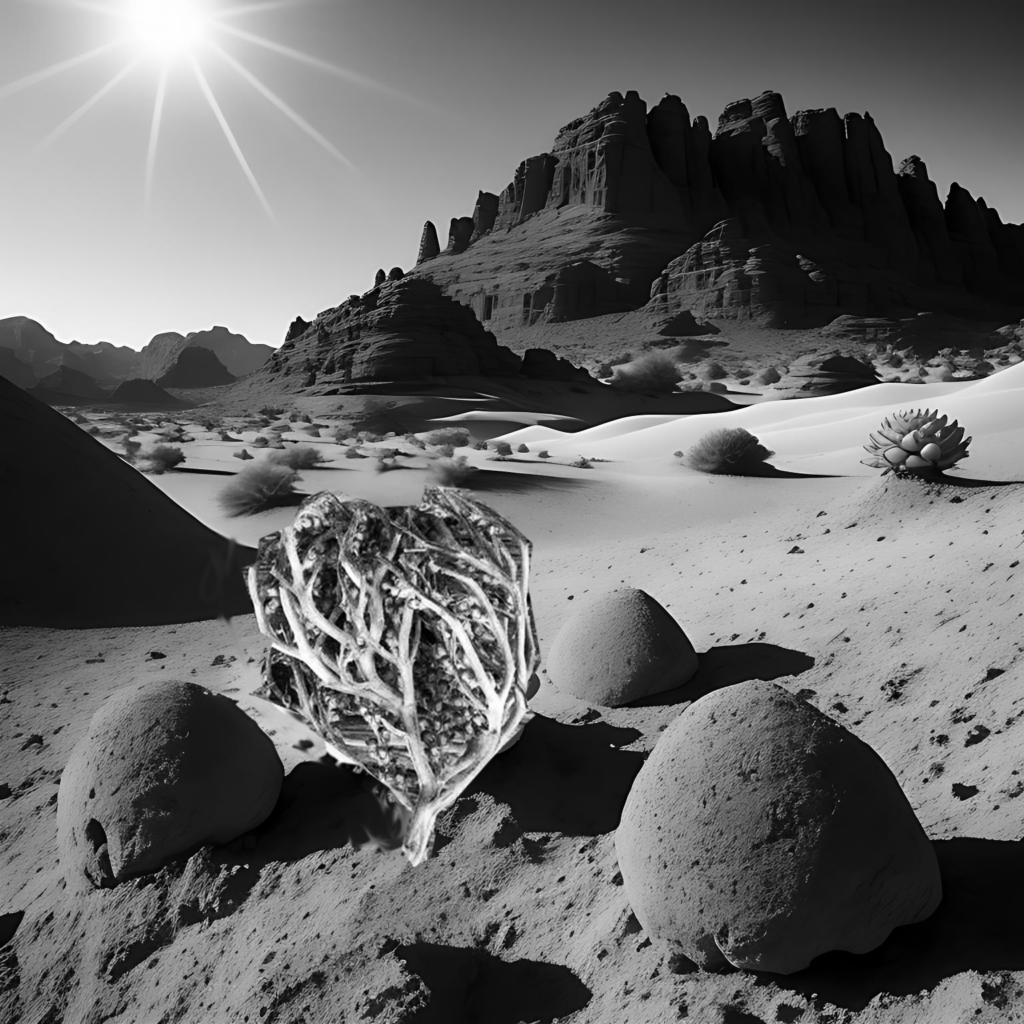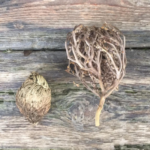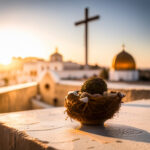The real Rose of Jericho
Rose of Jericho historical stories
The Rose of Jericho is a unique plant species that is indigenous to the Middle East, including the Holy Land – in the desert of Israel. It is known for its remarkable ability to survive in extreme drought conditions and come back to life when exposed to water. The plant has a rich history and many historical stories are related to its unique qualities.
One of the most well-known historical stories related to the Rose of Jericho is its association with the biblical story of the Resurrection of Jesus Christ. According to legend, when Jesus was crucified, a small piece of the Rose of Jericho was placed on his head. After his death, the plant withered and died but was later resurrected when Jesus rose from the dead. This legend has made the Rose of Jericho a symbol of hope and renewal for many Christians around the world.
Another historical story related to the Rose of Jericho involves the legendary Queen of Sheba. According to legend, the Queen of Sheba traveled to Jerusalem to meet with King Solomon. She brought with her a gift of the Rose of Jericho, which she presented to Solomon as a symbol of her friendship and respect. The gift was said to have been greatly appreciated by Solomon and has since become a symbol of friendship and respect between nations and individuals.
In Islamic tradition, the Rose of Jericho is associated with the Prophet Muhammad. According to legend, when the Prophet was traveling through the desert, he became very thirsty and came across a withered and dry Rose of Jericho. The Prophet prayed for water, and miraculously, the plant came back to life, providing him with water and sustenance. This legend has made the Rose of Jericho a symbol of faith and trust in God for many Muslims around the world.
The Rose of Jericho also has a long history of use in traditional medicine. According to traditional medicine practices in the Middle East, the plant has healing properties that can help alleviate a variety of ailments, including headaches, digestive problems, and skin conditions. It is also used as a natural remedy to treat fever, wounds, and other conditions.
In addition to its medicinal properties, the Rose of Jericho has been used for centuries in various religious ceremonies. In Christian tradition, the plant is used in baptisms, funerals, and other religious ceremonies as a symbol of renewal and hope. It is also given as a gift to symbolize the renewal of faith and the promise of eternal life.

In Islamic tradition, the Rose of Jericho is often used in spiritual purification and healing practices. It is believed to have the power to cleanse and purify the soul, helping individuals to overcome sin and find redemption. It is also used in various religious ceremonies, including weddings and other celebrations.
The Rose of Jericho is a remarkable plant species with a rich history and many stories related to its unique qualities. Its ability to survive in extreme drought conditions and come back to life when exposed to water has made it a symbol of hope and renewal for many religious and spiritual communities around the world. Its healing properties and use in traditional medicine have also made it an important plant species for many people in the Middle East. Despite its historical significance and importance, the Rose of Jericho faces challenges related to sustainable harvesting practices and preservation of its natural habitats. Efforts are needed to ensure its continued availability and preservation for future generations to come






